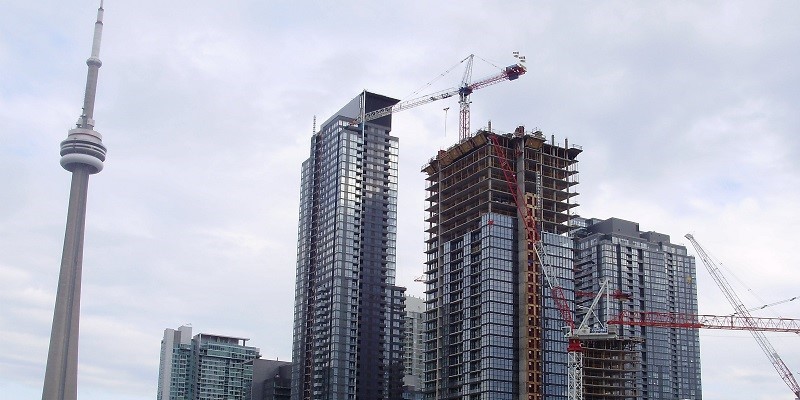GST ‘rental housing’ exemption will do little if municipalities don’t cut fees and red tape

The Trudeau government recently announced plans to exempt construction of rental housing from the GST. This move, long demanded by homebuilders and provincial governments, should help make badly needed rental development more feasible across the country.
But will it bring better balance to Canada’s chronically undersupplied rental market? No, not on its own. And certainly not without municipalities doing more to get projects off the ground.
First off, why does this matter? Canada needs a lot more housing of all types right now, including rental. In fact, the nationwide rental vacancy rate (the percentage of rental units available) is at its lowest rate in two decades, despite average asking rents reaching a new record high of $2,078 in July.
The development of purpose-built rental housing (i.e. single-owner apartment buildings that rent out units long-term) peaked in the 1970s, and almost half of existing purpose-built rental stock in Canada was built between 1960 and 1979. Back then, the federal GST didn’t exist, nor did several other taxes or construction-related costs that builders face today or expect to face in the future. So, assuming that the Trudeau government’s targeted GST exemption motivates more builders to act, will Canada see another 1960s/1970s-style surge in rental construction? Again—no, not unless cities do their part.
Builders don’t have a lot of wiggle room in their budgets, so removing the GST certainly helps the financial viability of some projects. But 50 years ago, while projects did not face the GST, they also did not face today’s significant local fees, which come under many names and with varying degrees of complexity.
For example, Ontario municipalities may collect Development Charges, Community Benefits Charges and Parkland Dedication levies—which all share the broad goal of taxing homebuilding to fund a growing list of local infrastructure and amenities. These fees can amount to hundreds of thousands of dollars per unit, adding significant costs and ultimately deterring projects.
Beyond the direct fees on homebuilding, municipalities (and provinces) control how much building can happen, what kind of building, and where. They do this through local zoning codes, bylaws and land-use plans, which dictate the areas used for housing development, the dimensions of each structure, the number of requisite parking spaces, etc. Each stipulation adds costs or reduces revenue or both. Local policymakers can change zoning or land-use designations, but only after lengthy, often costly processes involving additional fees or extensive consultations with residents and city staff or council.
So, the Trudeau government’s plan to exempt the GST from purpose-built rental projects is a good news story, with one major caveat. While it will likely spur some homebuilders to build more homes than would otherwise be the case, municipalities must let those builders build more homes. Every increase in local fees, every restriction on building dimensions, every parking space required, and every consultation will add costs, time and uncertainty—and in every case, help deter homebuilding.
Which is why you shouldn’t celebrate any new federal housing policy until city hall does more to accelerate supply.
Author:
Subscribe to the Fraser Institute
Get the latest news from the Fraser Institute on the latest research studies, news and events.

